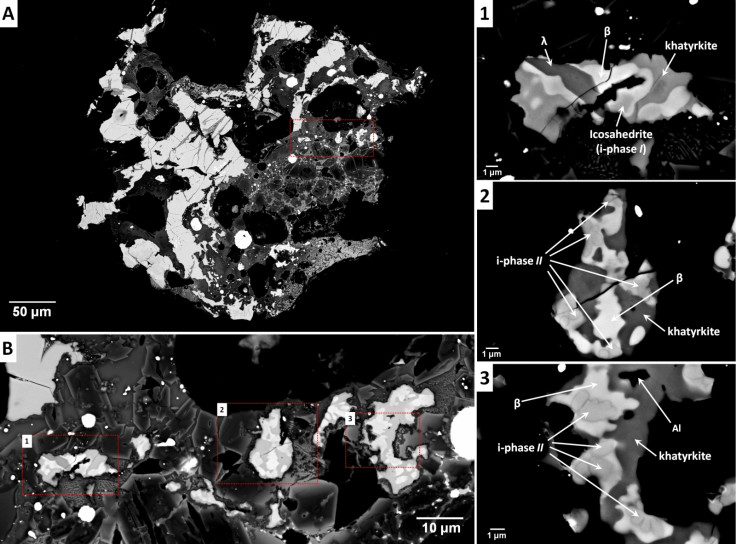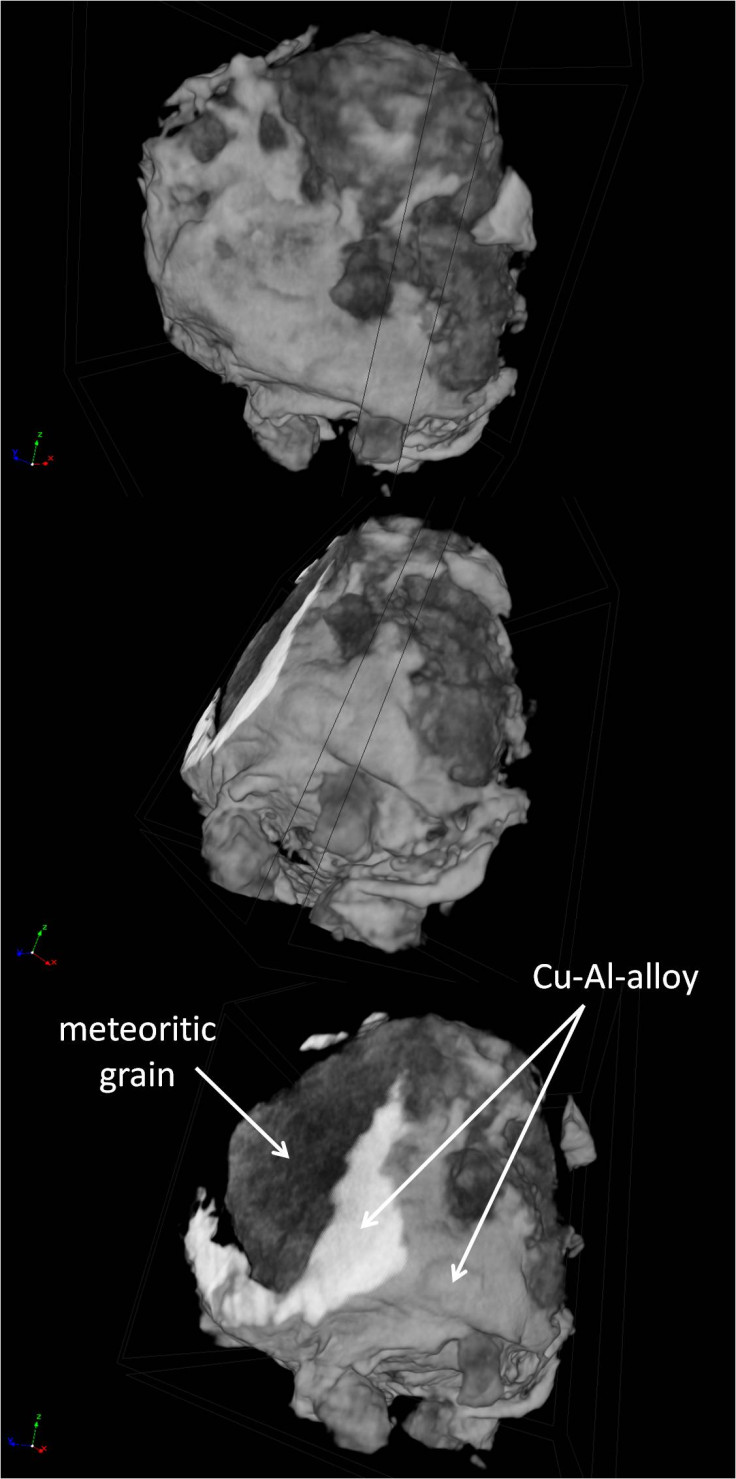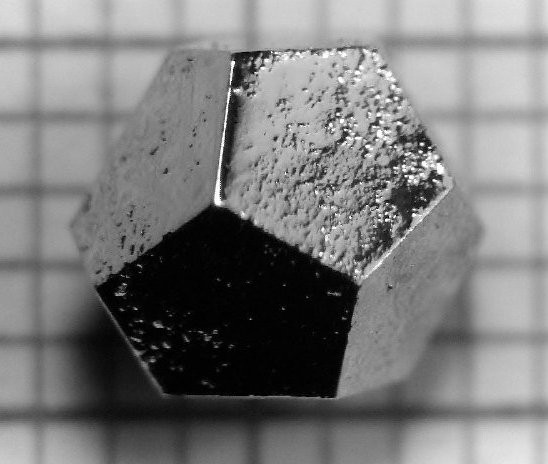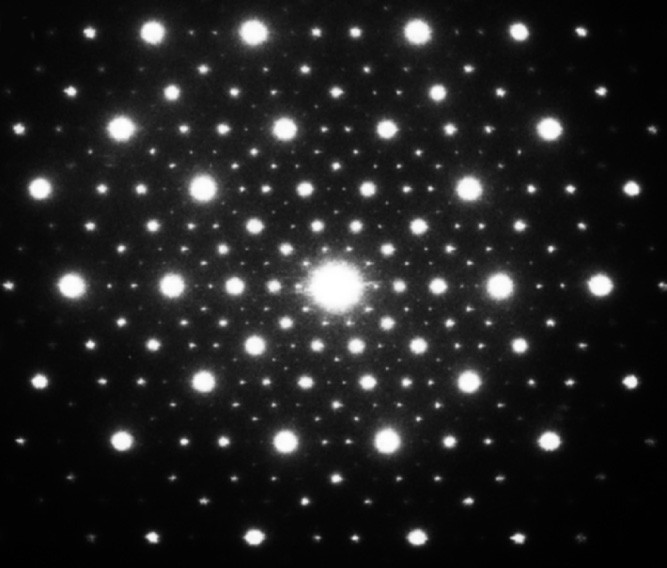Crystal from outer space discovered in meteorite that crashed down in Siberia
The crystal-like mineral is thought to have formed when the meteorite collided with another object in space.

A type of crystal-like structure that is vanishingly rare in nature – a quasicrystal – has been found in a fragment of a meteorite that struck Siberia in the Koryak Mountains. This type of quasicrystal has a structure that has never been seen before in nature or in the laboratory.
The Khatyrka meteorite is the only known source of quasicrystals on Earth. Quasicrystals are solid structures that violate the conventional rules of crystallography, according to the authors of a paper published in the journal Scientific Reports.
'Impossible' crystals
The structure of the quasicrystal never quite repeats itself and can have an infinite number of symmetries. It was thought to be impossible for a crystal-like mineral to take such a structure, but artificial quasicrystals have been manufactured in the laboratory. Materials scientist Dan Shechtman won the Nobel Prize for chemistry in 2011 for his discovery of quasicrystals in the lab.
"Up to now, all the [natural] minerals crystallised in one of the seven-crystal systems or they were amorphous," study author Luca Bindi of the University of Florence in Italy told IBTimes UK. "Quasicrystals violate the classic crystallographic rules of those of the seven-crystal systems, and so they cannot be classified with the current classifications."

Quasicrystals are only formed under certain conditions. The Khatyrka meteorite is known to have undergone extreme conditions as a result of an impact in space. It probably hit another object in space, generating temperatures of more than 1,200C and extremely high pressures.
The meteorite was discovered in Siberia in 2011. It was found on the bank of a small stream in the Koryak Mountains in Russia's easternmost region. A total of 10 fragments of the meteorite have been found, measuring just 1-2mm each.

The quasicrystals themselves all measure about 50 microns in size, about the width of a human hair.
The new quasicrystal, made of aluminium, copper and iron, has a complex shape with five-fold symmetry. It is the first quasicrystal whose structure had not been synthesised in the laboratory before its discovery in nature.
The Khatyrka meteorite also contains a mineral known as icosahedrite, which has the same 60-point rotational symmetry as the quasicrystal.

© Copyright IBTimes 2025. All rights reserved.






















